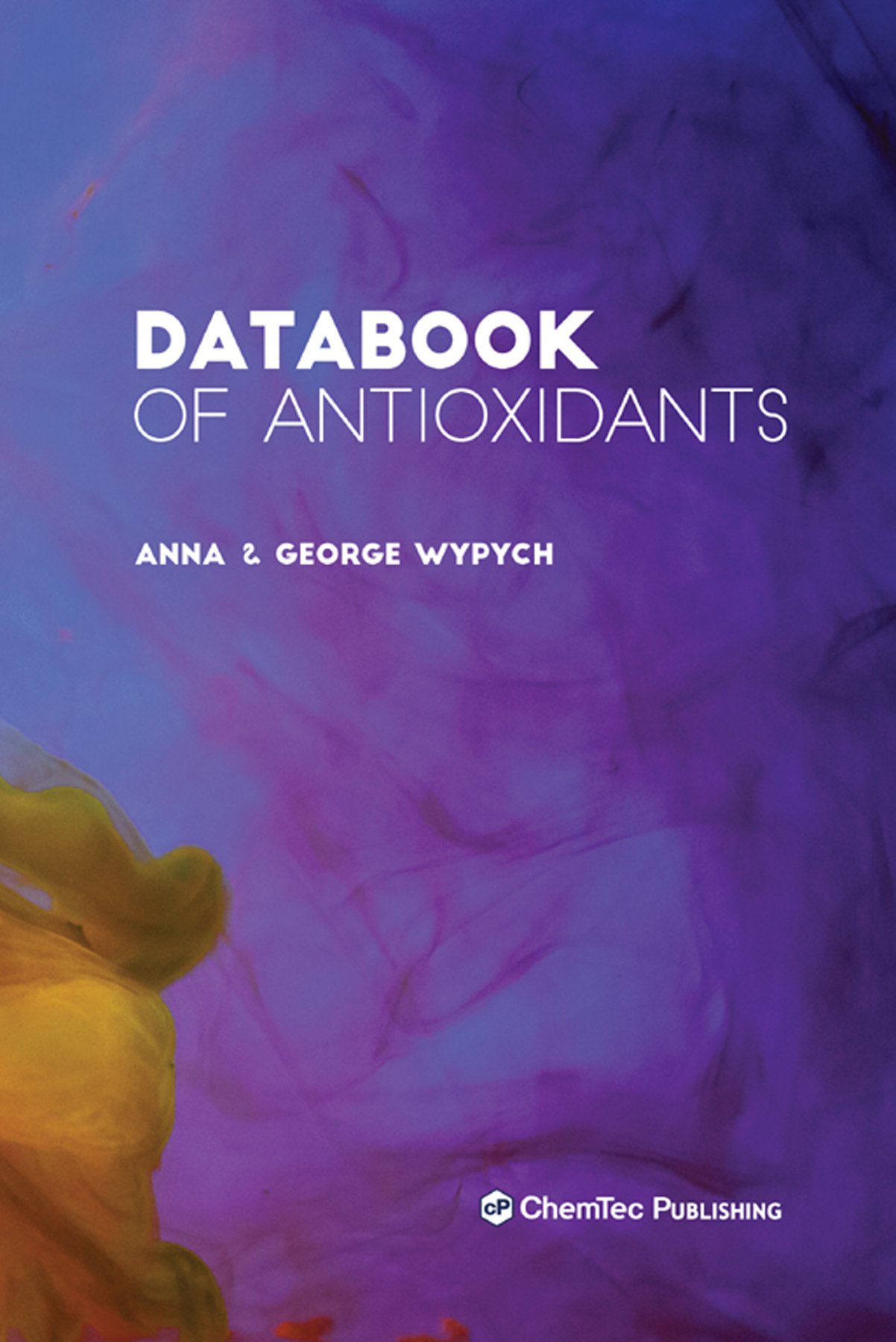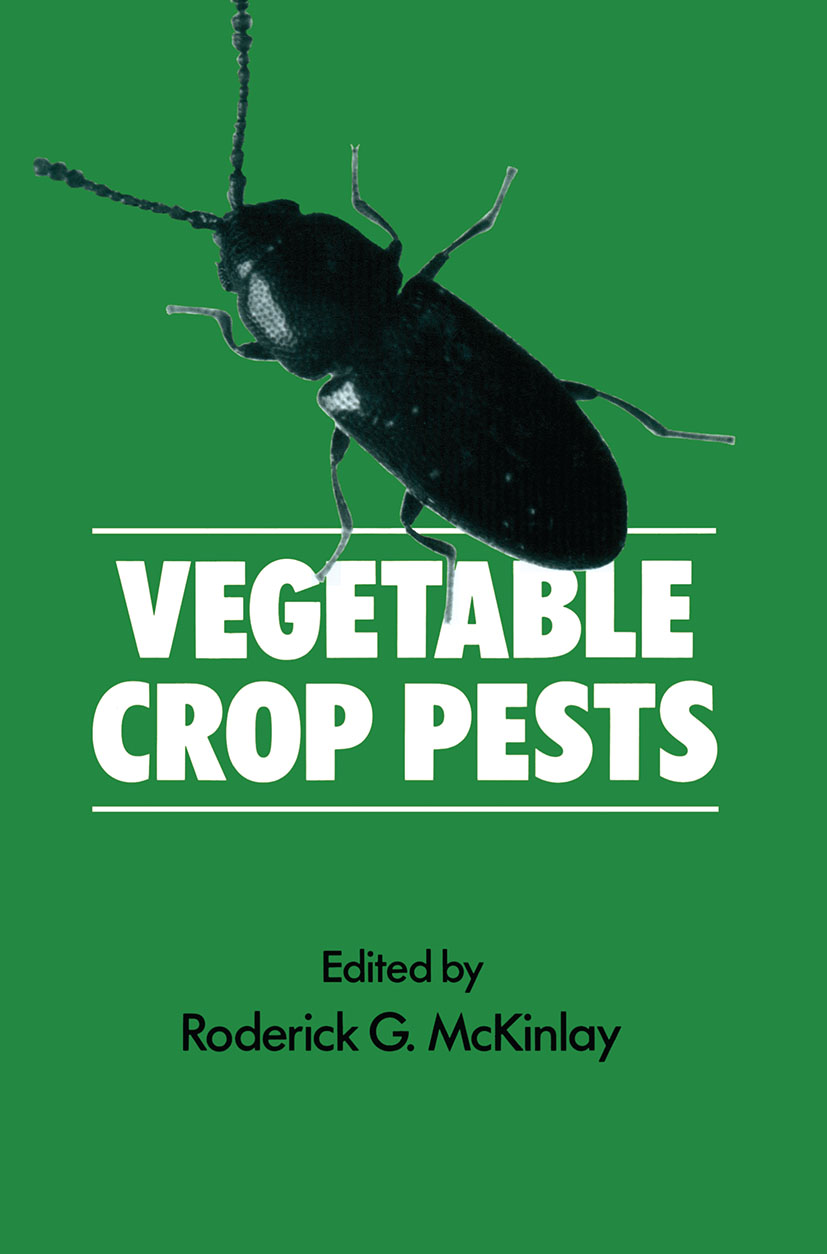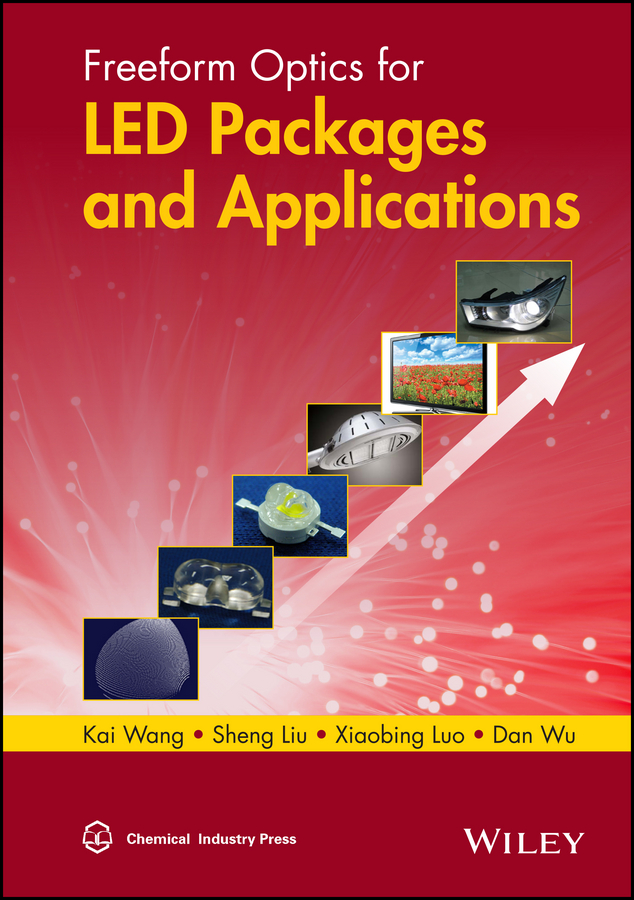
- Browse Category
Subjects
 We Begin at the EndLearn More
We Begin at the EndLearn More - Choice Picks
- Top 100 Free Books
- Blog
- Recently Added
- Submit your eBook
password reset instructions

Databook of Antioxidantsis divided into five sections covering general information, physical properties, health and safety considerations, ecological properties and the use and performance of each featured antioxidant. A general information section includes CAS #, common name/synonym, acronym, chemical category, moisture content, and more. The physical properties section features data on state, odor, color (Gardner and Platinum-cobalt scales), acid number, ash contents, and other characteristics. The health and safety section displays data on flashpoint, autoignition temperatures, explosive LEL and UEL, NFPA flammability and reactivity, ingestion, first aid, and beyond.
The ecological properties portion of the book contains data on biodegradation probability, aquatic toxicity LC50, and partition coefficients, and the book concludes with a chapter on use and performance considerations with information on manufacturer, outstanding properties, typical applications, recommended dosage, concentration used, food approval, and more.
This book is an excellent companion to theHandbook of Antioxidants which has also been published recently. Both books supplement each other without repeating the same information one contains data another theory, mechanisms of action, practical effects and implications of application.- Contains information on each antioxidant that is broken into five sections: General Information, Physical Properties, Health and Safety, Ecological Properties and Use and Performance
- Includes an introductory chapter in which general indicators of performance are discussed
- Features a chapter with information on the data fields included in the description of individual stabilizers
- File size
- Print pages
- Publisher
- Publication date
- Language
- ISBN
- 9 X 6 X 0 in
- 512
- Elsevier Science
- March 16, 2020
- English
- 9781927885543













.jpg)














